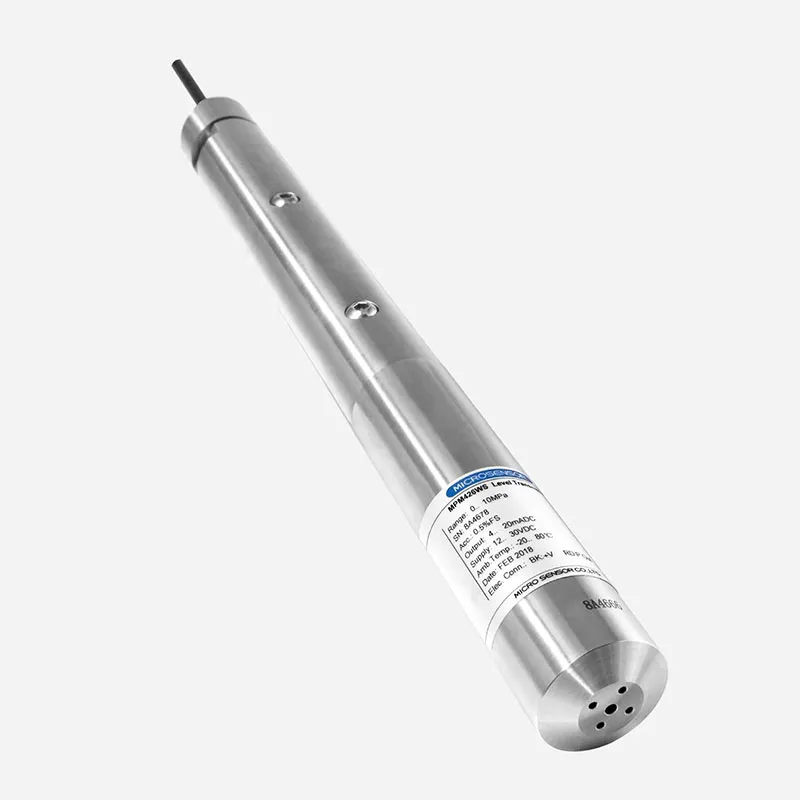Submersible Level Transmitter
Φ26mm
0m~1m…200m H2O
Accuracy: ±0.25%FS, ±0.5%FS, ±1%FS
DNV approved for installation on all vessels
ATEX Certificated
New Product Change Notice (PCN) effective Jan 1, 2025. MICROSENSOR appreciate your understanding.
MPM426WS
Used For
Metallurgical Industry, Power Plant, Mines, Oil and Gas in Deep Well, Hydrological Exploration
Leave a MessageThe MPM426WS deep water level transmitter is dedicated to measuring oil and gas in deep wells and can be used in harsh environments such as monitoring mine water levels from 350mWC to 2000mWC up to a maximum measurement depth of 2000 metres. In order to improve the sealing performance, the product adopts a special rubber ring bi-directional sealing technology, and the sealing and locking wires are treated separately. For complete sealing and insulation, the cavity is filled with a high vacuum, water and mineral oil resistant sealing silicone material. The product has standard 4~20mA temperature and pressure signal output, and adopts automatic production line to ensure quality, stability and reliability.
Features
• Range: 0mH2O ~ 350mH2O…2000mH2O
• Accuracy: ±0.5%FS (pressure); ±2℃ (temperature)
• Reversed-polarity protection
• Suitable for deepwater level and temperature measurement
Specifications
• Range:
0mH2O ~ 350mH2O…2000mH2O
-20℃ …0℃ ~ 10℃ …80℃;
• Overpressure: ≤2 times FS or 2200mH2O (minimum value is valid)
• Pressure type: sealed gauge, absolute
• Accuracy: ±0.5%FS (pressure); ±2℃ (temperature)
• Zero Thermal Drift: ≤ ±0.02% FS/℃
Image:
The MPM426WS deep water level transmitter is dedicated to measuring oil and gas in deep wells and can be used in harsh environments such as monitoring mine water levels from 350mWC to 2000mWC up to a maximum measurement depth of 2000 metres. In order to improve the sealing performance, the product adopts a special rubber ring bi-directional sealing technology, and the sealing and locking wires are treated separately. For complete sealing and insulation, the cavity is filled with a high vacuum, water and mineral oil resistant sealing silicone material. The product has standard 4~20mA temperature and pressure signal output, and adopts automatic production line to ensure quality, stability and reliability.
Features
• Range: 0mH2O ~ 350mH2O…2000mH2O
• Accuracy: ±0.5%FS (pressure); ±2℃ (temperature)
• Reversed-polarity protection
• Suitable for deepwater level and temperature measurement
Specifications
• Range:
0mH2O ~ 350mH2O…2000mH2O
-20℃ …0℃ ~ 10℃ …80℃;
• Overpressure: ≤2 times FS or 2200mH2O (minimum value is valid)
• Pressure type: sealed gauge, absolute
• Accuracy: ±0.5%FS (pressure); ±2℃ (temperature)
• Zero Thermal Drift: ≤ ±0.02% FS/℃
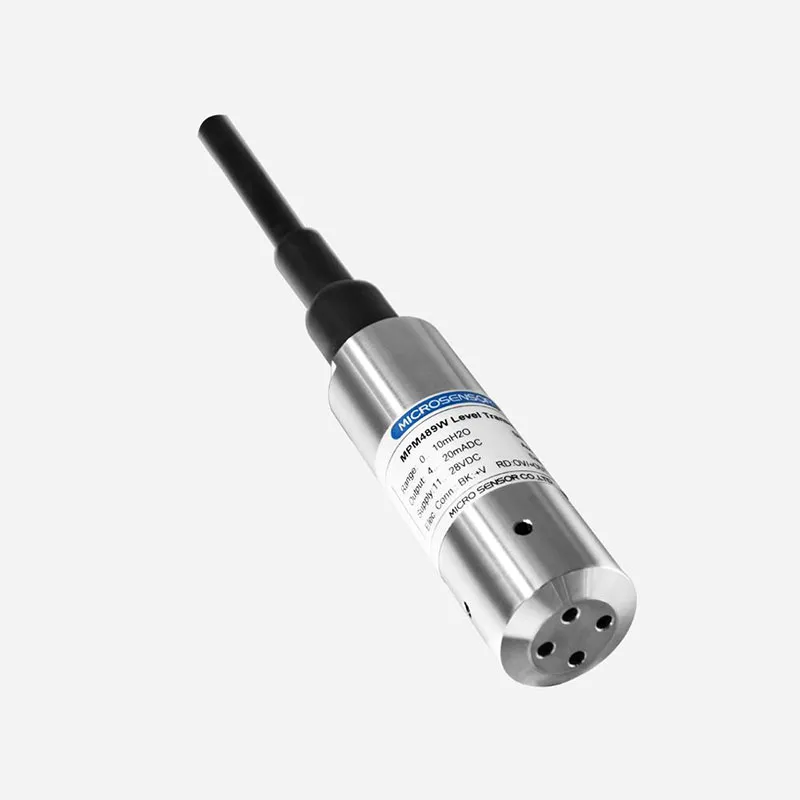
Φ26mm
0m~1m…200m H2O
Accuracy: ±0.25%FS, ±0.5%FS, ±1%FS
DNV approved for installation on all vessels
ATEX Certificated
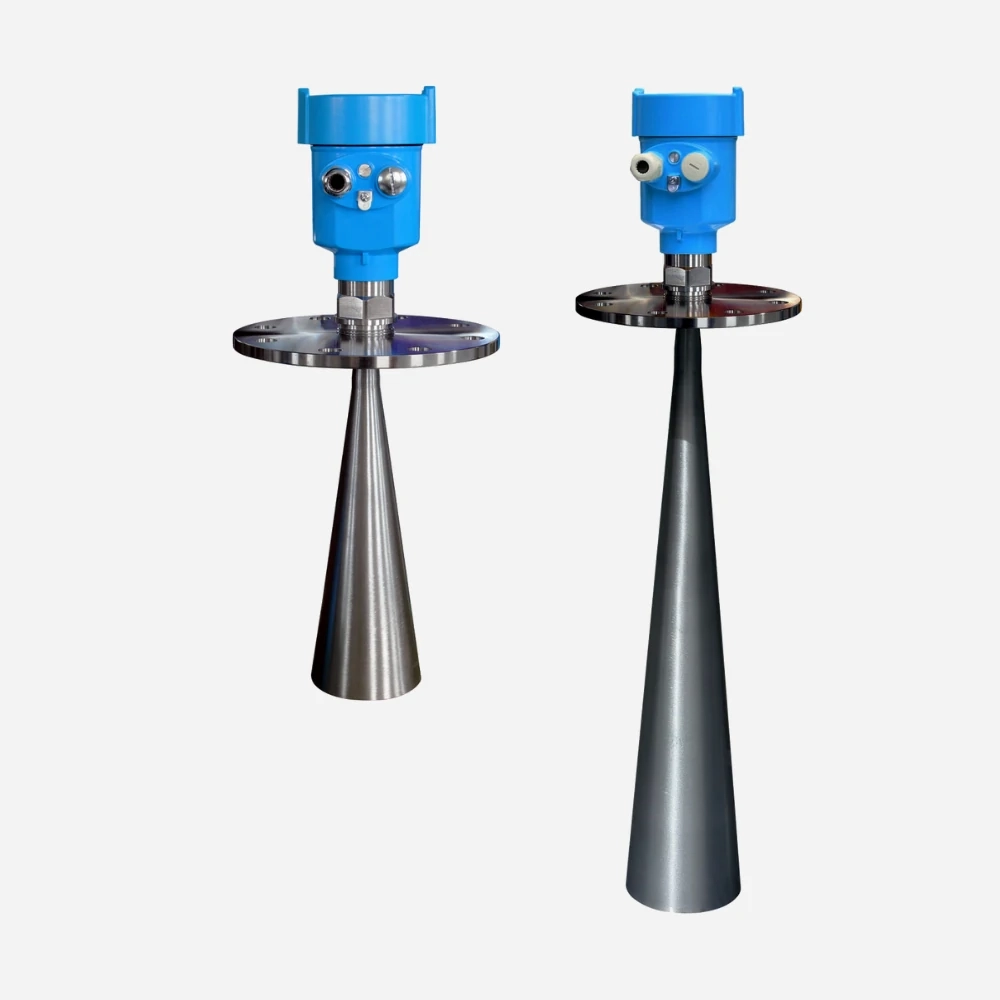
Contactless Level Measurement
Measuring range: 0m~70m
Measured media: Solid, Liquid
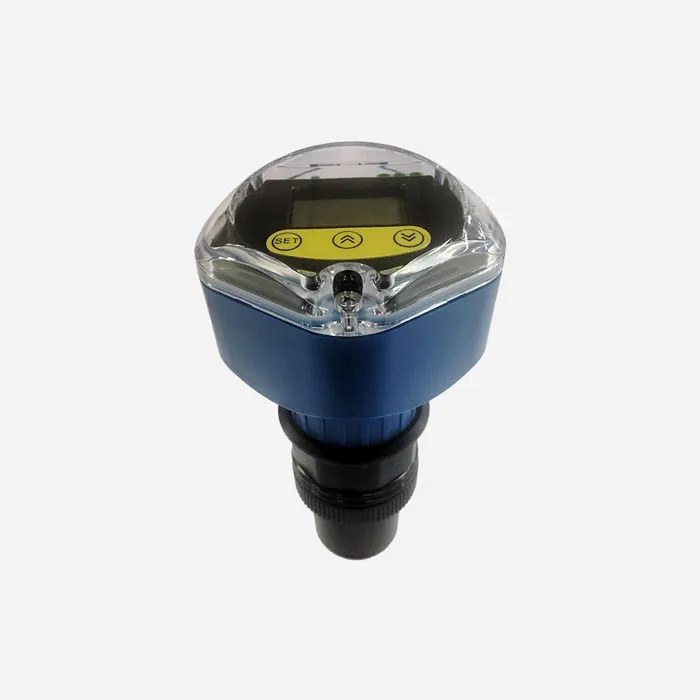
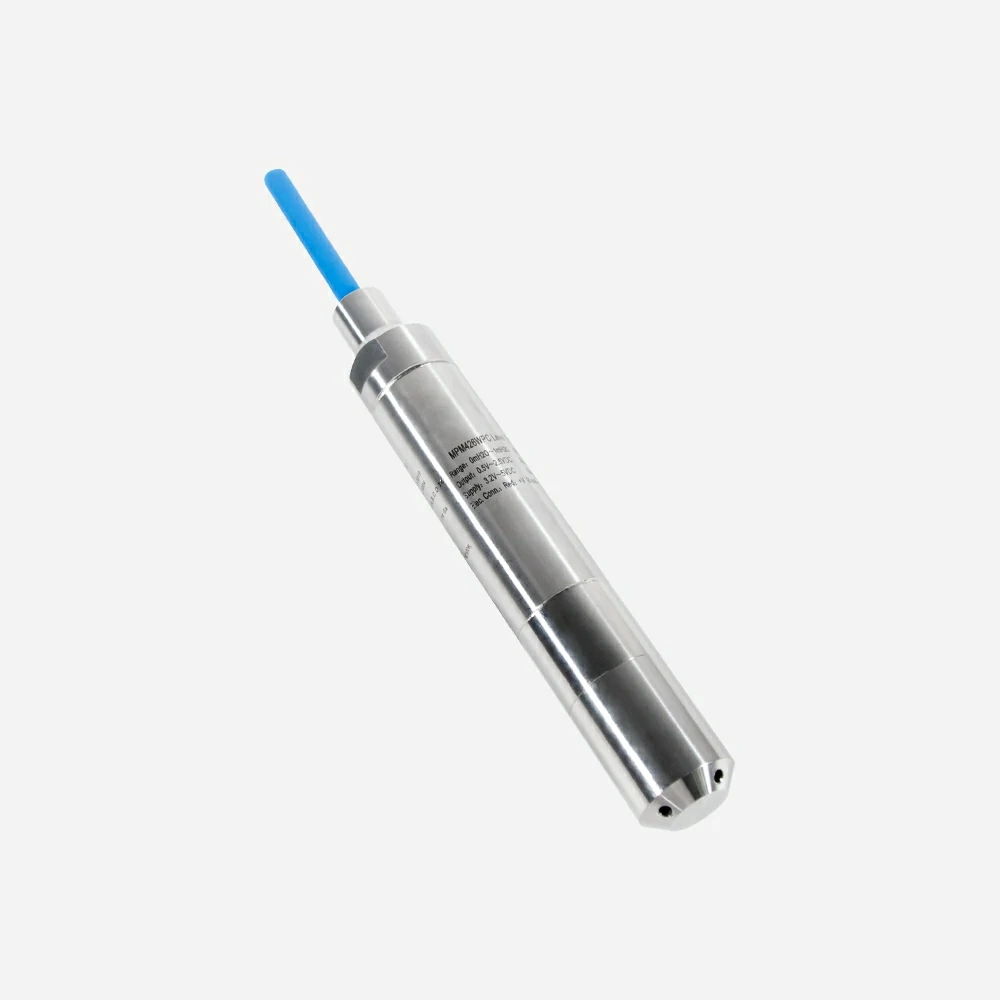
Level / Pressure Measurement: 0mH2O~2mH2O…200mH2O / 0mbar~200mbar...350bar
Output mode: 4mA~20mA, 1V~5V, 0.5V~4.5V...RS485-Modbus, etc.
Low power consumption
ABS, DNV approved for ship use

In beverage production and dairy processing, liquids are heated to specified temperatures through heat exchange, followed by rapid cooling to eradicate pathogens and prolong shelf life. Multiple stages such as heating and cooling of wort ensure that beer reaches the appropriate temperature for yeast cultivation. Both the cooler and preheater require monitoring of temperatures in the cooling and preheating tubes, as well as the pressure in the food pipelines.
more info...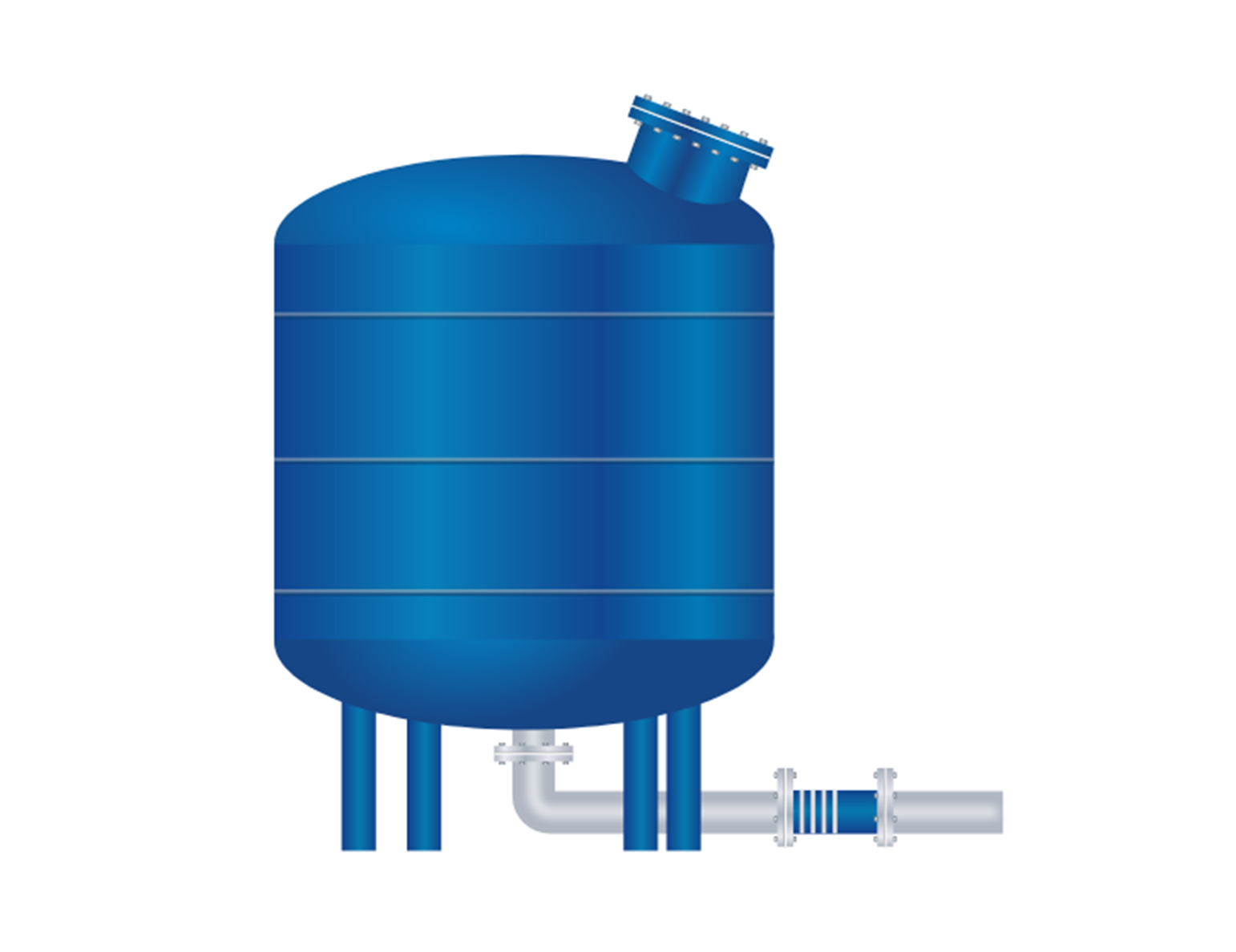
The pulp undergoes high-temperature bleaching in a tower using peroxides, ozone, or oxygen to get the right white color. The tower usually stays empty while the large amount of bleached pulp is dumped via a screw conveyor.
more info...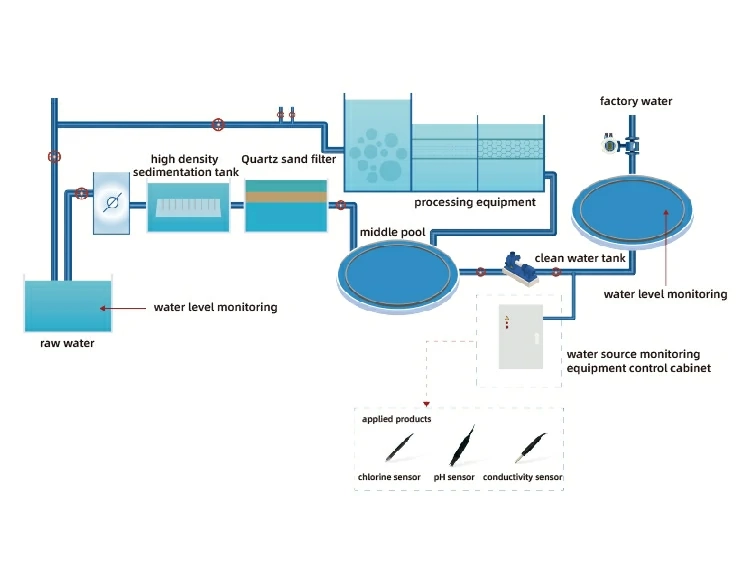
Pressure, flow, and level measuring instruments are deployed in water tanks, pipelines, and water inlets/outlets. This helps to manage the macro-control of production data in the water plant. Measuring instruments ensure smooth operation and normal production.
more info...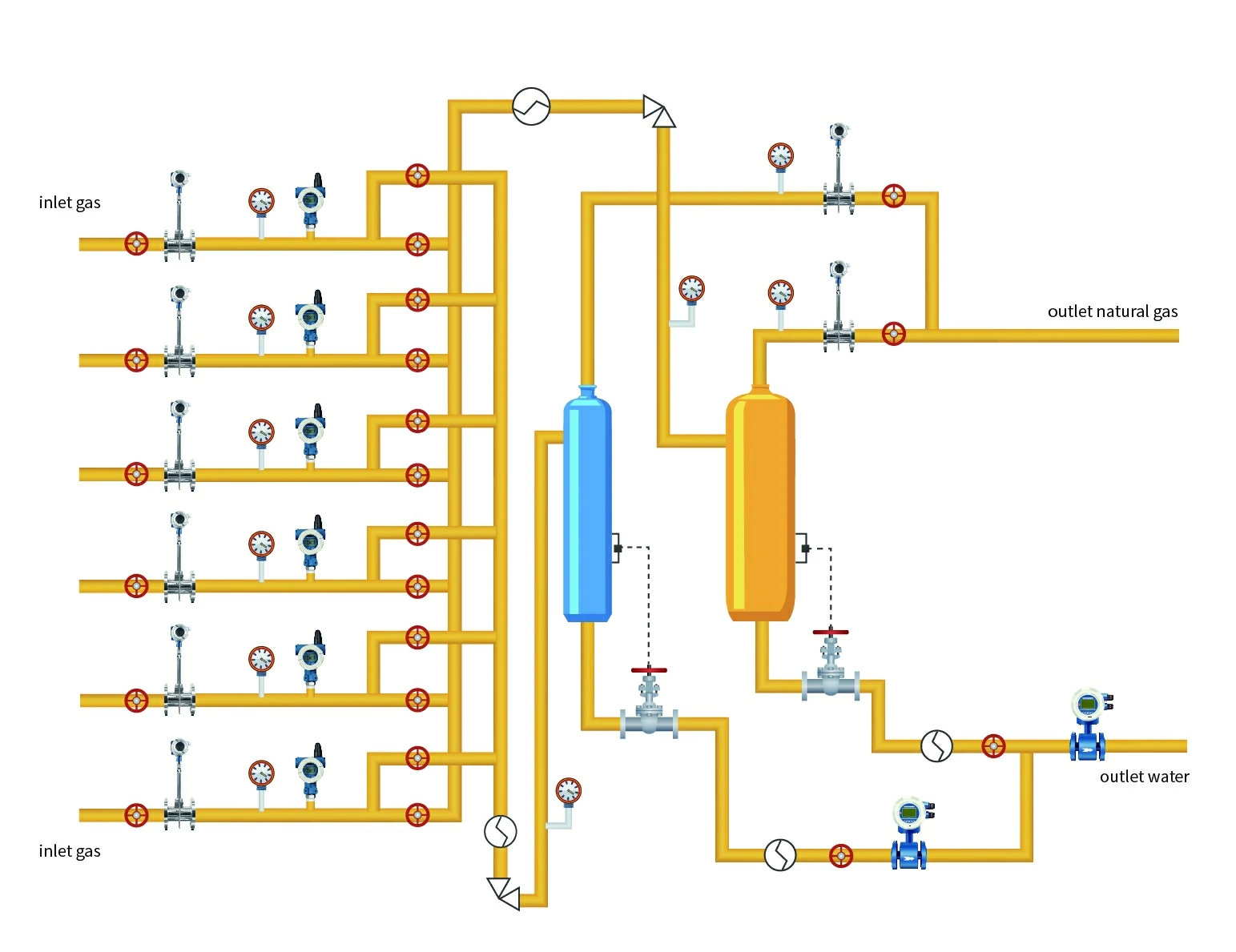
Gas gathering stations gather and process natural gas from multiple wells. Instruments in the pipeline monitor real-time data changes, such as gas or liquid flow. It helps control the water injection for the purpose of measuring and transporting oil and gas.
more info...